Yadlamalka Energy said civil works have been finalised on the 2 MW/8 MWh vanadium flow battery and co-located 6 MW solar farm being developed near Port Pirie in South Australia with the facility expected to reach full operational status in August.
South Australia-based Yadlamalka said the Spencer Energy Project, developed at Bungama about 60 kilometres north of Port Augusta in the state’s Mid North region, is a “major first” for renewable energy in Australia.
Yadlamalka said the facility will demonstrate the potential for grid-connected vanadium flow batteries to provide energy to the wholesale market and frequency control ancillary services (FCAS).
“Australia’s rapid uptake of renewable energy in recent years has driven the need for investment in flexible energy storage technologies to manage the variable output from those generation sources,” the company said.
“The Spencer Energy Project is pioneering the development of grid-scale, medium-duration vanadium flow batteries to support the renewables transition … it provides a glimpse into the future of electricity grids in Australia and around the world.”
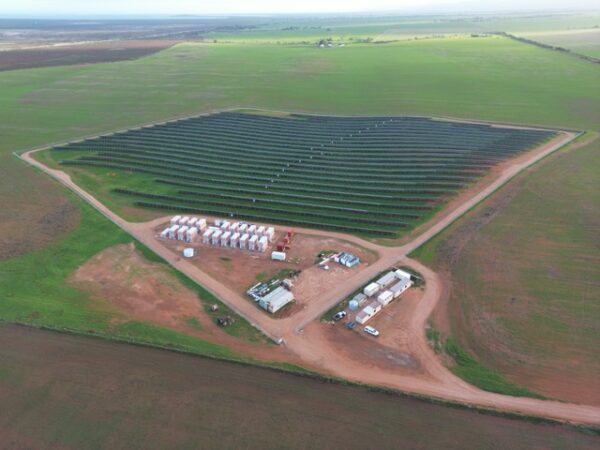
Image: Yadlamalka Energy
The Spencer Energy Project utilises vanadium flow battery technology developed at the University of New South Wales in the 1980s to store and ‘time shift’ solar power produced when the sun is at its peak.
“This electricity can then be delivered when it is most needed, such as in the evening when grid loads are high from consumer demand, or when solar generation is no longer available,” Yadlamalka said. “By using vanadium flow batteries to complete this ‘time shift’, solar power becomes ‘dispatchable’, meaning it can be deployed to the grid when it is most valuable, at any time of day or night.”
Yadlamalka said the 8 MWh system, which comprises 41 Invinity VS3 flow batteries supplied by UK-based manufacturer Invinity Energy Systems, will unlock low-cost, low-emission energy for the Australian grid, producing approximately 10 GWh of ‘dispatchable’ solar power each year.
While the uptake of vanadium flow batteries (VFBs) is yet to become widespread, the technology is seen as a leading alternative to the lithium-ion battery technology which currently dominates stationary energy storage applications.
Invinity Chief Commercial Officer Matt Harper said a long lifespan and low environmental impact set flow batteries apart from other storage technologies.
“The major difference is that with a lithium-ion battery, every time you charge and discharge the battery you are one cycle closer to the end of life. Whereas, with our batteries we don’t see any degradation based on cycle life,” he said.
VFBs are also easily scalable with energy stored in a non-flammable, liquid electrolyte.
“With our battery, if you want to go from a battery that will provide power for two hours, to one that will provide power for four hours, the only thing you are adding is that liquid electrolyte,” Harper said.
This content is protected by copyright and may not be reused. If you want to cooperate with us and would like to reuse some of our content, please contact: editors@pv-magazine.com.
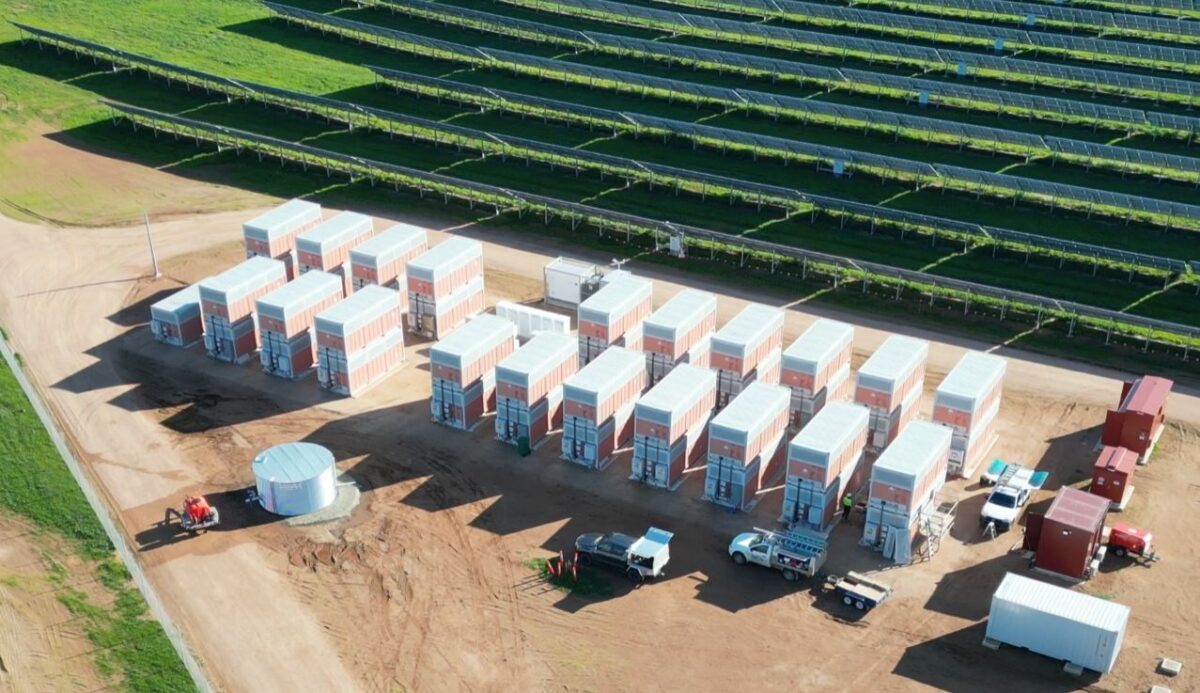



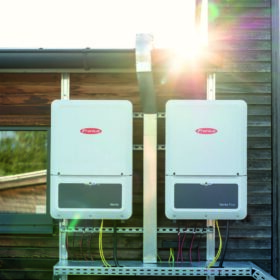

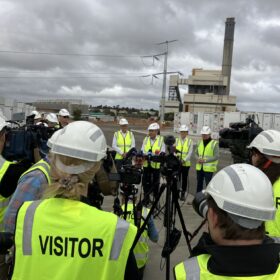
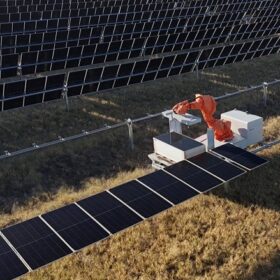

By submitting this form you agree to pv magazine using your data for the purposes of publishing your comment.
Your personal data will only be disclosed or otherwise transmitted to third parties for the purposes of spam filtering or if this is necessary for technical maintenance of the website. Any other transfer to third parties will not take place unless this is justified on the basis of applicable data protection regulations or if pv magazine is legally obliged to do so.
You may revoke this consent at any time with effect for the future, in which case your personal data will be deleted immediately. Otherwise, your data will be deleted if pv magazine has processed your request or the purpose of data storage is fulfilled.
Further information on data privacy can be found in our Data Protection Policy.